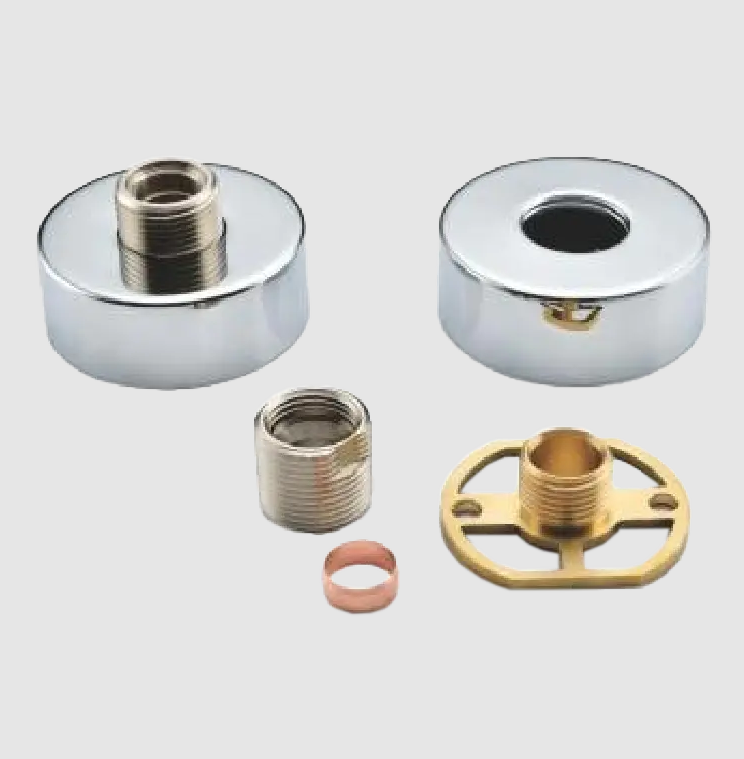Tap valves are essential for managing water flow and temperature in various plumbing fixtures. To appreciate how these valves function, it's helpful to understand the roles of their individual parts.
At the heart of a tap valve is the valve body, which acts as the main housing for all components. This part is typically made from robust materials like brass or stainless steel to withstand regular use. Inside the valve body is the cartridge, responsible for controlling the flow of water. The cartridge can be single or multi-function, with different mechanisms to adjust water flow and temperature.
The handle is the user interface, allowing users to operate the valve. It is connected to the cartridge and can be a lever or knob. The spout directs the water to the desired location, and it is often equipped with a spout aerator. The aerator mixes air with water to create a steady, splash-free stream.
Additionally, seals and gaskets within the valve prevent leaks and ensure a tight seal. Proper functioning of these parts ensures smooth operation and efficient water control, highlighting the importance of regular maintenance and understanding each component’s role.
